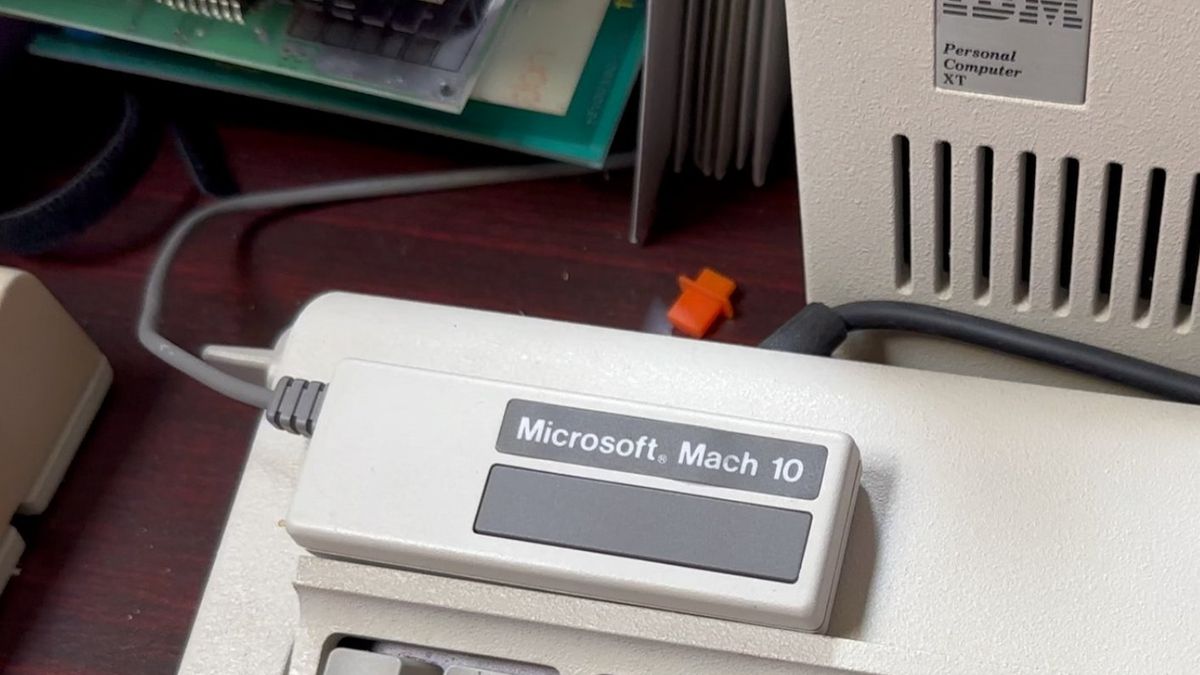It's getting increasingly harder for the average person to avoid online scams. New technologies, including those powered by artificial intelligence, are helping cybercriminals boost both the sophistication and quantity of their scams.
And more people are losing more money to them. According to the Federal Trade Commission, American consumers lost a reported $12.5 billion to fraud last year, with much of that fraud starting online, marking a 25% increase from 2023.
And experts say scammers aren't showing any signs of letting up this year.
"At the highest level, 2025 is shaping up to be the year of the scam," said Steve Grobman, executive vice president and chief technology officer for McAfee, noting that Americans now face a daily onslaught of scams by email, text, social media and other online sources.
McAfee, long known for its consumer security software, on Wednesday announced a new version of its AI-powered Scam Detector, which is designed to identify scams, then flag them for the users to see and provide advice about what to do.
The company first launched Scam Detector in January as an add-on service to its regular security software. The updated version launched Wednesday includes new, more powerful features and will be included at no extra charge in McAfee's core plans.
Grobman said the idea is to combine the power of AI tools with the unique and constantly updating threat intelligence being collected and analyzed by McAfee's security software to identify and stop scams before they can do any damage.
When it comes to messages, emails and videos, the features all work a little differently.
Text messages are automatically scanned as they arrive, while users must manually check messages that come through encrypted apps like iMessage, WhatsApp and Signal by either copying their text or uploading a screenshot into McAfee's app.
In the cases of those mobile messages, as well as emails, the AI will flag anything potentially scammy. It's been trained to not just recognize links to scam websites, Grobman says, but also themes frequently used in scams like offers of deals too good to be true, or threats of fines or jail time if a recipient doesn't act right away.
But where the AI powers really come into play is in the new version of McAfee's Deepfake Detector. The original version launched last summer, but it was part of a separate paid service that was only available for Lenovo's Copilot-Plus PCs, which included the hardware needed to do the AI processing on the device.
The new deepfake detection features, like McAfee's other new scam-detection technologies, won't cost extra. And while computers with neural processing units designed for AI operations will get better performance, Grobman says devices with less powerful central processing units also will now be able to use the features
The detector works on sites like YouTube, as well as social media platforms like X, TikTok and Instagram. It's designed to alert consumers to deepfakes as they appear, but it doesn't pass judgment on them. It will tell the user why it thinks the video is a deepfake and pinpoint the specific parts of the video that triggered its alerts.
Videos aren't flagged as disinformation or scams, though Grobman says the company's researchers are hoping to eventually work McAfee's scam detection capabilities into its Deepfake Detector.
The Scam Detector features work on both Apple and Android mobile devices, while the email scanning features are compatible with Gmail, Microsoft Outlook and Yahoo. Deepfake Detector is currently only available for Windows and Android, but McAFee hopes to add additional platforms soon.








 English (US) ·
English (US) ·